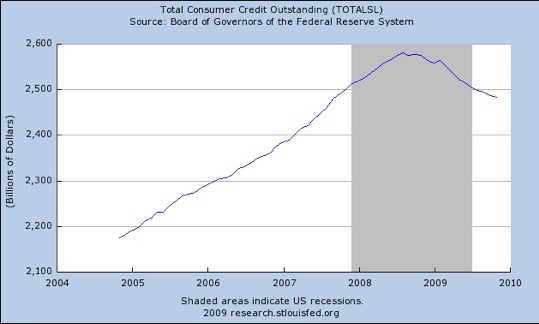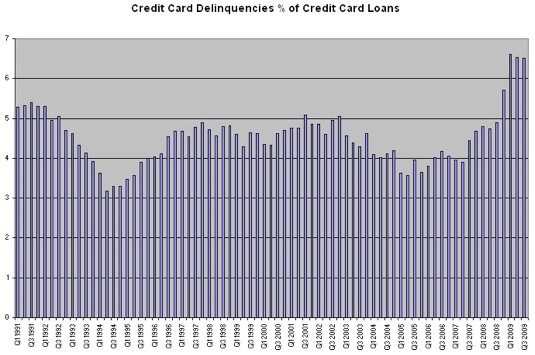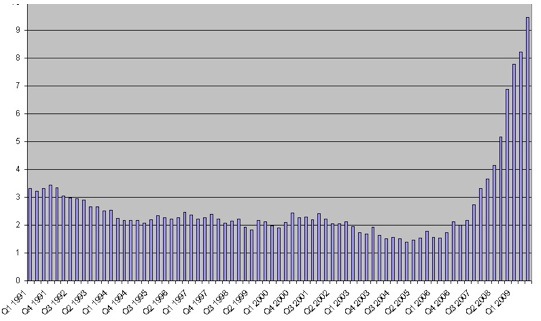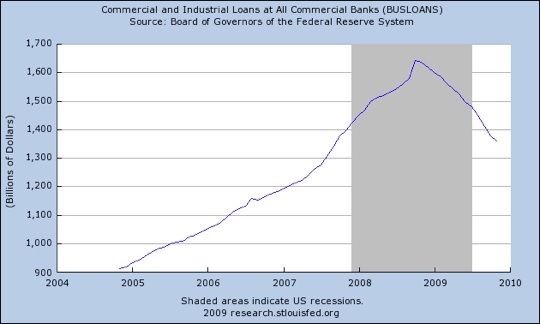| The Age Of Deleveraging |
| By John Mauldin |
Published
12/19/2009
|
Currency , Futures , Options , Stocks
|
Unrated
|
|
|
|
The Age Of Deleveraging
This is the season when pundits feel compelled to make annual forecasts. I will make mine, as I traditionally do, in the first letter of January. But already we have seen a wide range of forecasted outcomes. Are we going to grow at 5-6% or at 1-2% or dip back into recession? Why such disparity? I think part of the reason is a basic disagreement on the nature of the just-lapsed recession. Today we explore that issue. Then I point you to a way to help those who are desperately in need and only wish they had our problems. For those interested, I enclose a picture of my new granddaughter.
And finally, I start the process of getting ready, after ten years, to actually buy some stocks. Yes, it is true. Am I throwing in the towel and becoming a bull, or do I just see an opportunity? Stay tuned.
It's All About Deleveraging
I did a very interesting one-hour show this week with Tom Ashbrook on his National Public Radio syndicated radio show called On Point. About 20 minutes into the show, Professor Jeremy Siegel of Wharton came on, and we had a pleasant debate and lively Q and A with listeners. Jeremy of course was the bull, expecting that next year the US will grow by 5-6%. I was the "bear," expecting growth in the 1-2% range. You can listen in at http://www.onpointradio.org/2009/12/an-economic-warning. It's also available as a podcast on iTunes ("On Point with Tom Ashbrook") for a few more days.
I have liked Jeremy the times we have been on the same platform, and we have traded emails over the past few years. He is a consummate gentleman. He is also the author of Stocks for the Long Run. His thesis is buy and hold. Long-time readers know that I find such thinking to be wrong, if not dangerous. I believe that stocks go in long cycles (an average of 17 years) based on valuations, and that we are still in a long-term secular bear phase. I want to see valuations come way down before I suggest that the index-investing waters are once again safe. That day will come. Just not for a while.
In the meantime, Jeremy has given us the reason for his very bullish call. Paraphrasing, he said, "Look at past recoveries from recessions. They were always strong in the first year. Suggesting 5-6% is not all that aggressive."
And I would agree with him - if the past recession was a typical recession. But we have just gone through a recession that was unlike any other we have experienced since the Great Depression. Typical recessions are inventory-adjustment recessions, caused by businesses getting too optimistic about sales and then having to adjust. You get temporarily higher levels of unemployment as inventories drop, and then you get the rebound. It is not quite as simple as that, but close enough for this letter's purpose.
This recession was caused not by too much inventory but by too much credit and leverage in the system. And now we are in the process of deleveraging. It is a process that is nowhere near complete. While the crisis stage is over (at least for now), there is still a lot of debt to be retired on the consumer side of the equation, and a lot of debt to be written off on the financial-system side. And this is true in Europe as well, and maybe more so; but today we will look at some data in the US.
Total consumer debt is shrinking for the first time on 60 years. And the decline shows no sign of abating.

Credit card companies have reduced available credit by $1.6 trillion dollars. And for good reason. My friend and London partner Niels Jensen sent me the following charts from UrbanDigs.com. Credit card delinquencies are hovering near all-time highs. Bank charge-offs for credit cards are going to rise as the unemployment numbers get worse:

And the strain is also in the housing sector. Residential delinquencies are up 1.2% just in the last quarter, and now stand at a stunning 9%. (For whatever reason the heading did not copy, but this is residential delinquencies.)

Frank Veneroso noticed something unusual in the latest Federal Reserve Flow of Funds report. They changed their methodology for analyzing housing prices to a model more like the Case-Shiller index, which most believe to be more accurate. That meant they deducted another $2 trillion from household net worth than in the previous quarter. They just caught up with reality, so no big news there. But there is some big news if you look closely.
About one-third of the homes in the US have no mortgages. Typically, these are nicer homes, as the "rich" have paid off their homes. So you can estimate that to be somewhere between 35-40% of the total value of US homes. Writes Frank:
"So now the flow of funds accounts tell us that the total value of residential real estate is $16.53 trillion. The share owned by households with a mortgage is probably $10 trillion to $11 trillion. Total mortgage household debt now stands at $10.3 trillion. In effect, for all households with a mortgage taken in the aggregate, their loan-to-value ratio is now close to 100% and perhaps close to half of them have a zero to negative equity."
The biggest single factor in foreclosures is negative equity coupled with unemployment. That makes sense, because if you could sell your house and get some equity, you would.
As I have written in past letters, we are going to see a significant increase in mortgage resets in 2010, which will result in even more foreclosures. There is a lot more pain to come. This is not an environment that is typical of past recessions. There is a lot of deleveraging to be done, both as banks write off bad debts on homes and as consumers walk away from mortgages badly underwater.
Commercial Woes
The coming debacle in commercial real estate loans is well-documented. Total loan delinquencies at banks are rising precipitously every month, just as total loans to commercial and industrial customers are falling at an unprecedented rate, over 17% in less than two years!

While Obama is urging banks to lend, bank regulators are telling banks to raise capital and shore up their balance sheets. One way they do that is to lend less to consumers and businesses and invest in US government bonds.
Given the high rate of delinquencies and charge-offs of all sorts of debt, it is unlikely that we are going to see growth in loans in 2010. Further, the surveys I read suggest that consumers are working hard to reduce their debt. The New Frugal is part of the New Normal.
Past post-recession expansions have been built on growing credit and leverage. That will not be the case this time. We are going to see reduced lending and borrowing. Even though the federal government is running massive deficits, the stimulus portion of the debt will be running down in the latter half of 2010. There will be little political will to continue with massive stimulus and deficits. While this is good in the long run, in the short run it will reduce GDP.
John Mauldin is president of Millennium Wave Advisors, LLC, a registered investment advisor. Contact John at John@FrontlineThoughts.com.
Disclaimer
John Mauldin is president of Millennium Wave Advisors, LLC, a registered investment advisor. All material presented herein is believed to be reliable but we cannot attest to its accuracy. Investment recommendations may change and readers are urged to check with their investment counselors before making any investment decisions.
|
|